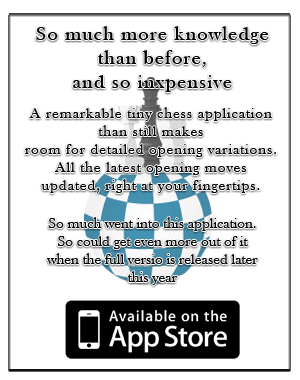CASTLING
A combined move involving king and one of the rooks, where the King has moved two squares to the Rook, the latter is then moved over the king and placed on the adjacent square.
Castling may be performed by each side, but only one time during the game. Castling is prohibited if 1) king or the rook have already been moved in the course of the game, 2) there are other pieces between king and the rook, 3) king is checked, 4) king’s destination square or any squares between it and king’s initial square are attacked by any of the opponent’s pieces. Castling on the king’s side is called short castling and shown by O-O. Queen’s side castling is called long castling and shown by O-O-O.
According to the laws of chess and, more generally, the etiquette of play, it is the king that should be moved first or both pieces should be touches simultaneously. Otherwise, it may be claimed that rook’s move was intended. In chess composition, castling is legal at any moment if its impossibility can not be proven. The history of castling dates back to the Renaissance when the so-called king’s free leaps, where the King has moved more than one square, came to play. Perhaps it was in the later periods, that a rook’s leap was added and the whole maneuver acquired a universal acceptance. In Italy, however, king’s free leaps were played until the late 19th century. There is hardly a player who underestimates the importance of castling in the strategy of the game.
The following game shows that castling can also be a dangerous move:



